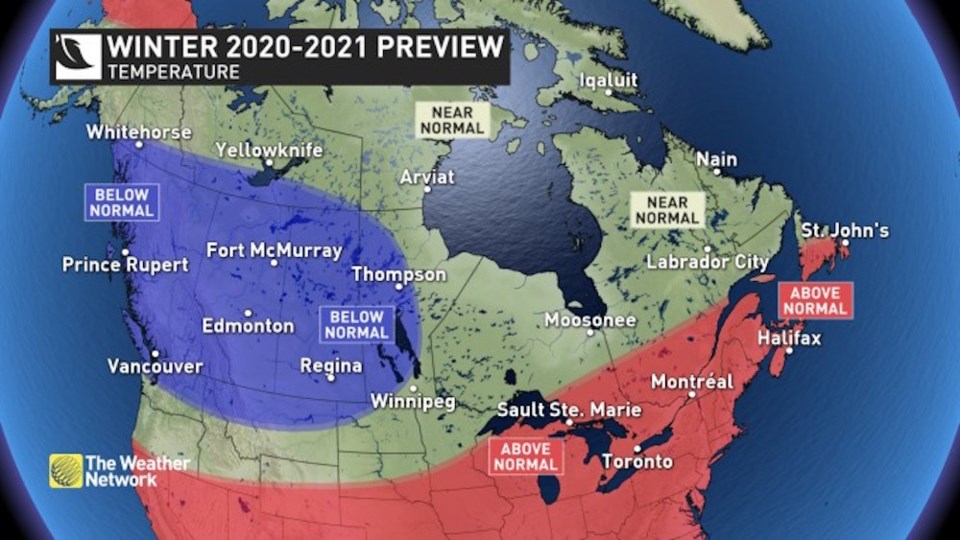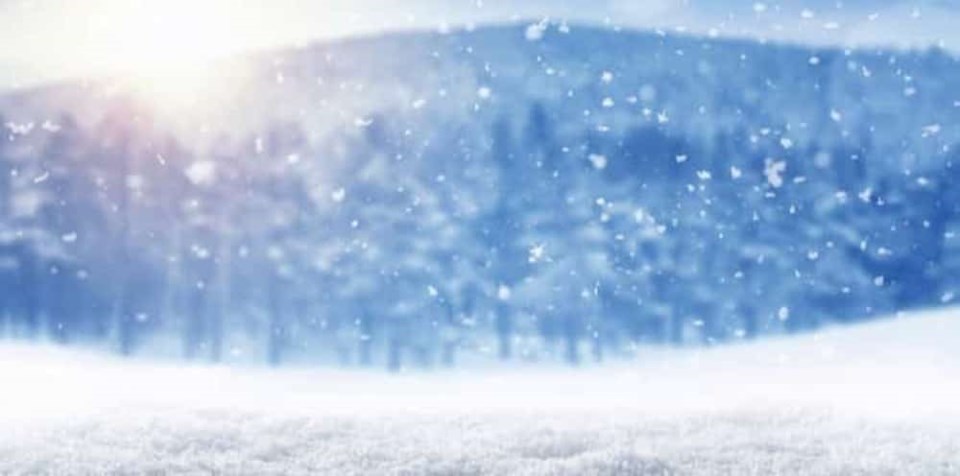"An outstanding ski season is on the horizon."
As La Niña kicks into high gear in the late fall and early winter, the Weather Network predicts Western Canada will have an early to start this year's ski season.
For the winter season, the weather forecasting channel writes that "La Niña winters tend to be colder and snowier across Western Canada" and it looks like there will be that typical pattern again this winter. For B.C. and a large part of the Prairies, colder than normal temperatures with an abundance of snow for the ski areas are expected.
"Across the battle zone between the cold pattern across Western Canada and the warmer pattern across the southeastern U.S., we often see a very active storm track," notes the forecast.
"When that storm track stays to the north, weather systems usually bring rain to the region. But at times the storm track shifts to the south, and when that happens, we can often see a parade of winter storms with an abundance of snow and ice.
"This can even happen in a winter that is warmer than normal."
 Photo: The Weather Network
Photo: The Weather Network Right now, it is still too early to know exactly where that storm track will set up. It is also likely that it will vary in its position through the winter, notes The Weather Network.
Toward the end of November, the weather forecasting channel says it will "fine-tune the forecast and seek to get a better handle on where the dominant storm track will be."
Earlier this month, the U.S. National Oceanic and Atmospheric Administration's Climate Prediction Center officially issued a La Niña Advisory, replacing a watch that was implemented earlier in the year.
The Canadian Government defines La Niña as "the appearance of cooler than normal waters in the eastern and central Pacific Ocean"—A.K.A. the waters off B.C.'s coast. Sometimes also referred to as "a cold event", the climate pattern is generally considered to be the opposite of El Niño, and is usually great news for skiers and snowboarders hoping for a season full of champagne powder.
- With files from Megan Lalonde.




